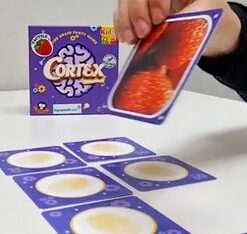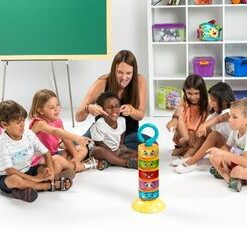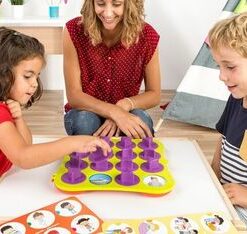Loja | Categorias
- Motricidade orofacial
-
 Depressores aromatizados
6,90 € – 21,50 € (IVA não incluído)
Depressores aromatizados
6,90 € – 21,50 € (IVA não incluído)
-
 Depressor lingual de madeira
2,90 € (IVA não incluído)
Depressor lingual de madeira
2,90 € (IVA não incluído)
-
 Garrafa de plástico
2,90 € – 3,50 € (IVA não incluído)
Garrafa de plástico
2,90 € – 3,50 € (IVA não incluído)
-
 Afia a língua com dupla ação
5,50 € (IVA não incluído)
Afia a língua com dupla ação
5,50 € (IVA não incluído)
-
- Higiene e desinfecçâo – covid19
- Linguagem
- Aprendizagem
- Estimulação multisensorial
- Audiçâo e fonoarticulaçâo
-
 Memória auditiva da lagarta
29,90 € (IVA não incluído)
Memória auditiva da lagarta
29,90 € (IVA não incluído)
-
- Desenvolvimento cognitivo e emocional
- Livros
-
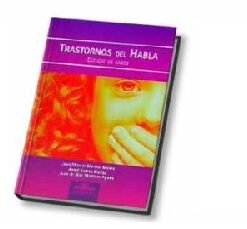 Trastornos del habla. Estudio de casos.
16,65 € (IVA não incluído)
Trastornos del habla. Estudio de casos.
16,65 € (IVA não incluído)
-
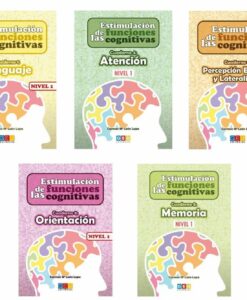 Estimulación de las funciones cognitivas
9,25 € (IVA não incluído)
Estimulación de las funciones cognitivas
9,25 € (IVA não incluído)
-
- Necessidades educacionais especiais
-
 Mordedor gigante e macio
10,90 € (IVA não incluído)
Mordedor gigante e macio
10,90 € (IVA não incluído)
-
 Colar mordedor robô
14,55 € (IVA não incluído)
Colar mordedor robô
14,55 € (IVA não incluído)
-
 Almofada vibratória de vaca
35,45 € (IVA não incluído)
Almofada vibratória de vaca
35,45 € (IVA não incluído)
-
 Almofada vibratória azul
35,45 € (IVA não incluído)
Almofada vibratória azul
35,45 € (IVA não incluído)
DIVERSIDAD FUNCIONAL
-
- Mais categorias




